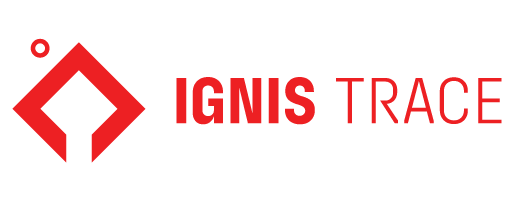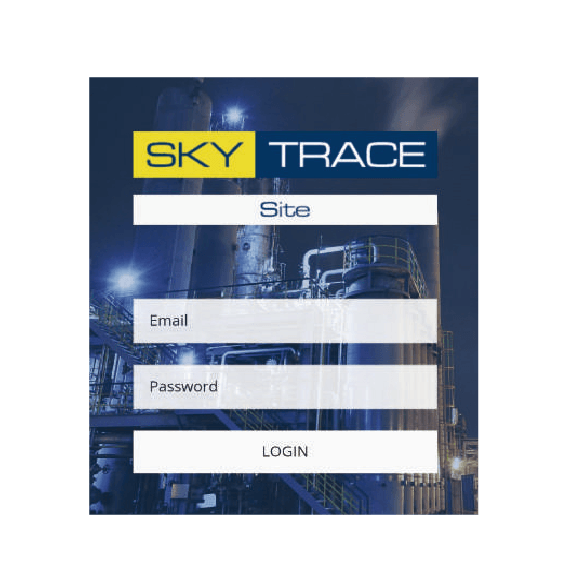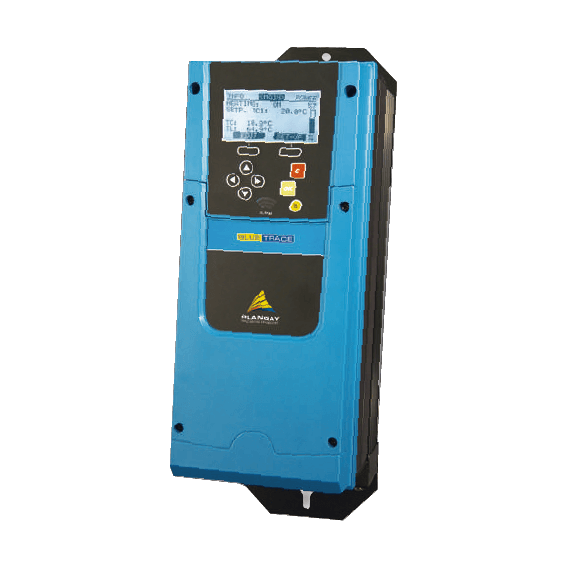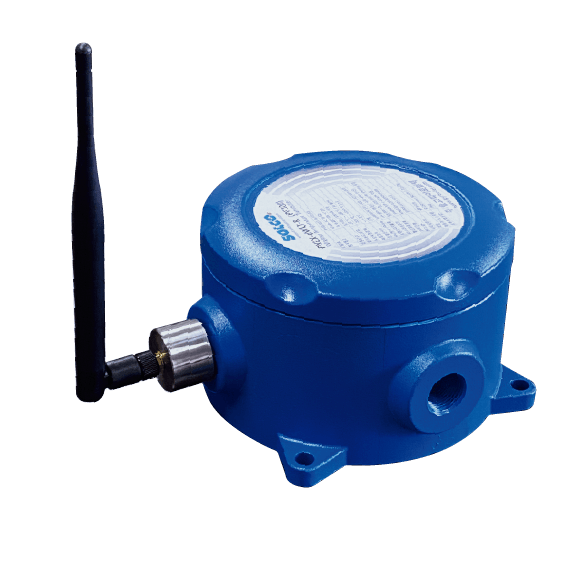Monitoring & Control
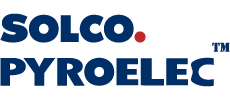
Monitoring and control systems play a critical role in industrial and commercial applications. These systems are used to monitor and control the performance of specific processes and devices. Remote monitoring and control systems allow users to access and manage their systems from any location, enhancing operational efficiency and enabling the early detection of potential faults to prevent costly downtimes.
Monitoring and control systems are used across a wide range of industries, from power plants to food processing facilities, and from the petrochemical industry to storage and transportation facilities. The primary goal of these systems is to ensure that operational processes run smoothly and efficiently. With advanced sensors and software, data can be collected at every stage of the process and analyzed in real-time, leading to faster and more accurate decision-making.
What is a Monitoring and Control System?

A monitoring and control system is an integrated system that allows for the continuous monitoring and control of various devices and processes in industrial and commercial applications. These systems are equipped with various sensors, software, and user interfaces. The monitoring and control process typically involves data collection, analysis, and action.
The key components of monitoring and control systems include:
Sensors: Devices that detect physical parameters (such as temperature, pressure, humidity, etc.) and convert them into electrical signals. These sensors can be placed on or inside pipelines, tanks, or equipment to measure temperature.
Different types of temperature sensors:
- Resistance Temperature Detectors (RTDs): The most commonly used type of sensor, made of materials that change electrical resistance with temperature changes.
- Thermocouples: Devices made by joining two different metals that produce an electrical voltage when the temperature changes.
- Optical Fiber Temperature Sensors: Sensors based on the principle that light wavelength changes with temperature.
Data Collection Units: Devices that collect and record data from sensors.
Control Units: Devices that analyze the collected data and intervene when conditions deviate from the set parameters.
Software and Interfaces: Programs and displays that allow users to monitor, control, and generate reports on the system.
These systems not only monitor specific parameters but also automatically intervene when pre-determined limits are exceeded. For example, in a heat trace cable system, heaters are automatically activated or deactivated when the temperature falls below or rises above a certain threshold.
Monitoring and control systems are used to enhance the efficiency of operational processes, save energy, and reduce maintenance costs by detecting potential faults early. Additionally, they offer remote access and control capabilities, allowing users to manage their systems from any location.
How Does a Heating Cable Monitoring and Control System Work?
A heating cable monitoring and control system is designed to protect pipelines, tanks, and other equipment in industrial and commercial applications from freezing and temperature fluctuations. These systems ensure that the pipeline or equipment is maintained within a specific temperature range.
Working Principle:
- Sensors and Heating Cable:
The heating cable is a component that converts electrical energy into heat and wraps around the pipeline to provide temperature control. Sensors continuously measure the temperature of the pipeline or equipment and send this data to the control unit.
- Data Collection and Analysis:
The control unit continuously collects and analyzes data from the sensors, providing real-time information about the system's status. If the temperature falls below or rises above the set range, the control unit immediately activates.
- Control Mechanism:
The control unit adjusts the operation of the heating cables based on the data from the sensors. When the temperature falls below a certain level, the heating cables automatically activate to increase the pipeline's temperature. Similarly, when the temperature exceeds the set level, the heating cables turn off to prevent overheating.
- Remote Monitoring and Control:
Remote monitoring and control systems allow users to access the system via the internet or private networks. This enables users to monitor the system's status and intervene when necessary from any location. User-friendly interfaces display the system's performance in real-time and provide alerts in case of alarms.
The heating cable monitoring and control system is designed to increase energy efficiency and extend the lifespan of equipment. Additionally, these systems minimize the risk of freezing and damage, reducing operating costs and enhancing operational efficiency.
What are the Features of Monitoring and Control Systems?
Monitoring and control systems offer numerous features to enhance operational efficiency, ensure safety, and reduce costs in various industrial and commercial applications. The most notable features of these systems include:
Real-Time Monitoring
Monitoring and control systems collect data in real time through sensors and analyze it instantly. This continuous monitoring allows the system’s current status to be constantly observed. Real-time monitoring enables early detection of potential problems and rapid response.
Remote Access and Control
Remote monitoring and control systems allow users to access the system via the internet or private networks. This feature enables users to access and control the system from any location. Remote access provides operational flexibility and allows for quick intervention when necessary.
Automatic Control Mechanisms
These systems automatically intervene when conditions deviate from set parameters. For example, if the temperature falls outside the specified range, the system automatically activates or deactivates heaters. Automatic control ensures optimal operation of systems without the need for human intervention.
Data Logging and Reporting
Monitoring and control systems record data from sensors and generate reports by analyzing this data. These reports help in monitoring and improving system performance. Data logging enables the review of past data and trend analysis.
Alarm and Warning Systems
Monitoring and control systems alert users through alarm and warning systems when potential faults or abnormal conditions are detected. These alerts can be sent through various means such as email, SMS, or audible alarms.
Energy Efficiency
These systems optimize energy consumption and prevent unnecessary energy use. In heating cable systems, energy savings are achieved by providing heat only when necessary. Energy efficiency reduces operating costs and minimizes environmental impact.
User-Friendly Interfaces
Monitoring and control systems offer user-friendly interfaces. These interfaces allow for easy monitoring and control of the system’s status. Simple and understandable interfaces enable users to manage the system effectively.
The features of monitoring and control systems make operational processes safer, more efficient, and more sustainable.
What are Monitoring and Control Devices?
Monitoring and control systems are configured using various devices and equipment. These devices work together to ensure the proper functioning of the system. The primary devices used in monitoring and control systems include:
Sensors
- Temperature Sensors: Measure the temperature of pipelines, tanks, and other equipment.
- Pressure Sensors: Monitor and control the pressure within the system.
- Humidity Sensors: Measure and monitor environmental humidity levels.
- Flow Sensors: Monitor and control the flow of liquids or gases.
Control Units
- Programmable Logic Controllers (PLCs): Collect, analyze data from sensors, and control systems based on specified parameters.
- Temperature Control Devices: Regulate the temperature of heating cable systems.
Data Collection and Recording Devices
- Data Acquisition Units (DAUs): Collect and record data from sensors.
- Dataloggers: Used for long-term data recording and analysis.
Monitoring Displays and Interfaces
- Human-Machine Interfaces (HMIs): Screens and software that allow users to monitor and control the system.
- Supervisory Control and Data Acquisition (SCADA) Systems: Integrated software and hardware used for monitoring and controlling large-scale systems.
Network and Communication Devices
- Modems and Routers: Provide connectivity to the internet or private networks for remote monitoring and control.
- Data Transmission Devices: Transmit data from sensors and control units to the central system.
Alarm and Warning Systems
- Visual and Audible Alarms: Alert users to potential faults or abnormal conditions.
- Remote Notification Systems: Send alerts and notifications via email, SMS, or mobile applications.
Power Supply and Backup Devices
- Uninterruptible Power Supplies (UPSs): Ensure system operation during power outages.
- Generators: Provide backup power during extended power outages.
Heating Cables
- Self-Regulating Heating Cables: Automatically adjust in response to temperature changes.
- Constant Wattage Heating Cables: Provide consistent heat at a specific temperature, typically used with thermostats.
The devices used in monitoring and control systems ensure efficient, safe, and uninterrupted operation of the system.
What are the Advantages of Monitoring and Control Systems?
Monitoring and control systems offer various advantages in industrial and commercial applications, enhancing operational efficiency and reducing costs. The main advantages provided by these systems include:
Frost and Ice Prevention
Prevents pipes, tanks, and equipment from freezing and icing, thus avoiding damage and production interruptions.
Product Quality Maintenance
Ensures that products are maintained at the desired temperature, preserving product quality and consistency.
Energy Savings
Ensures that heating cables operate only when necessary, providing energy savings.
System Efficiency Improvement
Optimizes overall system efficiency, helping to reduce production costs.
Remote Monitoring and Control
Many heat tracing monitoring and control systems offer remote monitoring and control capabilities, allowing users to monitor the system’s status and make necessary adjustments from any location.
Efficiency Increase
Optimized Operations: Monitoring and control systems increase operational efficiency by continuously monitoring and optimizing processes. Automatic control mechanisms minimize human error and provide more consistent results.
Energy Savings: Systems optimize energy consumption and use energy only when necessary. Especially in heating cable systems, energy savings reduce costs.
Safety and Reliability
Early Warning and Fault Detection: Systems detect potential problems early and alert users, preventing potential faults and increasing operational safety.
Continuous Monitoring: 24/7 monitoring ensures that systems operate continuously and safely, which is especially important for critical operations.
Cost Savings
Reduced Maintenance Costs: Early fault detection prevents major maintenance costs. Planned maintenance and repair processes extend the life of systems.
Reduced Operational Costs: Energy efficiency and optimized operations reduce overall operating costs.
Flexibility and Adaptability
Remote Access: Remote monitoring and control systems allow users to access and control the system from any location. This is a significant advantage for operations spread across large geographic areas.
Easy Integration: Monitoring and control systems can be easily integrated with existing systems, facilitating the adoption of new technologies and the expansion of the system.
Performance and Analysis
Real-Time Data Analysis: Systems collect and analyze data in real-time, enabling faster and more accurate decision-making. Real-time analysis supports performance monitoring and improvement processes.
Reporting and Monitoring: Detailed reporting features allow system performance to be monitored, and past data can be analyzed. This provides valuable information for future planning and improvement efforts.
Environmental Benefits
Eco-Friendly Operations: Energy efficiency and optimized processes reduce environmental impacts, leading to more sustainable operations. This is important for environmentally friendly business policies.
These advantages make monitoring and control systems indispensable in industrial and commercial applications.
What to Consider When Choosing Heat Tracing Monitoring and Control Devices?
Heat tracing monitoring and control devices are crucial for managing industrial processes efficiently and safely. The selection of the right devices directly impacts the system's performance and reliability. Key factors to consider when choosing heat tracing monitoring and control devices include:
1. Application Requirements:
- Type of Application: The selection of devices should be based on the type of application. Different industrial sectors and processes may have varying monitoring and control needs.
- Temperature and Pressure Requirements: Devices should be suitable for the temperature and pressure ranges they will operate in. In heating cable systems, temperature sensitivity and durability are important.
2. Compatibility and Integration:
- Compatibility with Existing Systems: The selected devices should be compatible with existing monitoring and control systems. This eases the integration process and reduces costs.
- Future Expansion: Devices should have features that support future system expansions and technological advancements.
3. Quality and Reliability:
- Certifications and Approvals: Devices should have certifications that demonstrate compliance with relevant national and international standards. Certifications like ATEX and IECEx ensure the reliability and safety of the devices.
- Manufacturer Assurance: Devices sourced from reputable manufacturers are more reliable in terms of quality and performance.
4. User-Friendly Features:
- Ease of Installation and Use: Devices that offer user-friendly interfaces and easy installation features enhance operational efficiency.
- Remote Access and Control: Devices that offer remote monitoring and control systems allow users to manage their systems from any location.
5. Energy Efficiency:
- Energy Consumption: The energy efficiency of devices directly affects operational costs and environmental impact. Energy-saving devices should be preferred.
- Optimized Control Mechanisms: Devices with control mechanisms that optimize energy consumption should be chosen for heating cable systems.
6. Support and Maintenance Services:
- Technical Support: Technical support and services provided by the manufacturer or supplier ensure that devices operate smoothly and have a long lifespan.
- Maintenance and Spare Parts Availability: Devices that are easy to maintain and have readily available spare parts ensure operational continuity.
7. Cost and Return on Investment:
- Initial Cost: The initial cost of the devices should be evaluated based on the budget and investment plans.
- Long-Term Investment: Decisions should consider the long-term savings and operational benefits provided by the devices.
Considering these factors when choosing heat tracing monitoring and control devices ensures the system's performance and reliability are maximized.
Frequently Asked Questions About Monitoring and Control

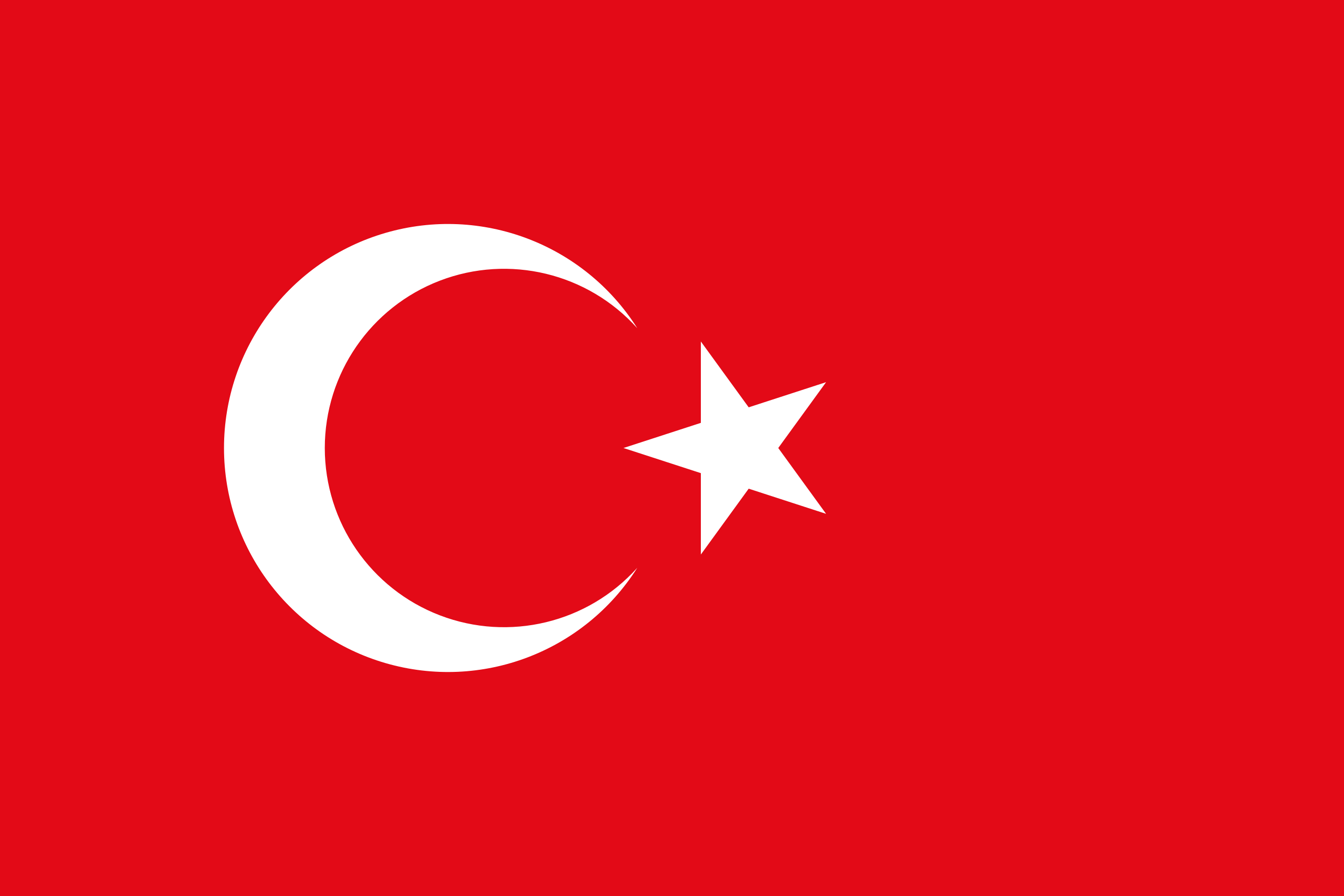 Türkçe
Türkçe